Well the rain has started and we are all longing for the 70 degree weather we had in Tokyo a few days ago. So KJ and I got up pretty early yesterday and went out to find coffee (we finally found a Starbucks late yesterday afternoon) and on our walk we found this incredible bakery about two blocks from the Okura Hotel. We can’t believe how many good bakeries there are throughout Japan. It seems bakery goods are very inexpensive as we purchased five different things and the cost was around 640 Yen.
Jeff indicated we should head over to the Gold Temple as this is a very famous temple in Japan.
The next photo is of the Golden Pavilion or Kinkaku.
The Golden Pavilion, or Kinkaku, is a three-story building on the grounds of the Rokuon-ji temple complex. The top two stories of the pavilion are covered with pure gold leaf. The pavilion functions as a shariden, housing relics of the Buddha (Buddha’s Ashes). The top floor is built in traditional Chinese cha’an style, also known as zenshu-butsuden-zukuri; and the middle floor in the style of warrior aristocrats, or buke-zukuri. The ground floor is rendered in shinden-zukuri style, reminiscent of the residential style of the Heian imperial aristocracy. The building is often linked or contrasted with Ginkaku-ji (Silver Pavilion Temple), and Shōkoku-ji, which are also located in Kyoto.
The Golden Pavilion is set in a magnificent Japanese strolling garden (kaiyū-shiki). The pond in front of it is called Kyōko-chi (Mirror Pond). There are many islands and stones on the pond that represent the Buddhist creation story.
There were several small waterfalls on the grounds and the next two photos are of one that we enjoyed. The second photo is a closeup of the stone that is being hit by the falling water.
Along our walk we came to numerous building structures but this one really struck me. We have several bronze huts in our collection of things from Japan and these huts have straw or thatched roofs. What amazed us both was how thick the straw was on the roof as can be seen from the photo below.
The ground were both beautiful and very relaxing. This is the sort of image we have of Japan but let me tell say that this is the antithesis of most of the major cities with millions of people, cars, buses and trains everywhere!
On the way out we had to traverse this set of steps. The steps are beautifully done in stone likely from the Kamogawa River.
Notice along the right side of the path on the wall there are decorative tops running the length of the fence. This next photos shows the details in them.
Next we decided to visit the Silver Temple known as the JinKakuji.
Upon our entry was a lovely stone who meaning I don’t know but it added greatly to the ground’s entrace.
The pathways are quite beautiful on the grounds.
Next we approach what is known as the Sea of Silver Sand. How this built by hand is quite amazing.
As we walked up the hills there was a view back at the Ginshadan. The use of space by the Japanese works in many visual directions. Note how the Ginshadan looks close up but also from afar.
There was one other sand structure down by the Ginshadan called the Kogetsudai. I have read different versions of what this means but the one I like is “a mountain surrounded by a moonlit sea.”
As we proceeded up the hills we came a cross another lovely waterfall.
On the grounds near the waterfall there were numerous small plants with beautiful but muted colors. Here is an example.
The temple grounds are segmented into different scenes based on the size of the area. From the small waterfall above to the most vast garden in this next photo.
We took many more photos but these are a good representation of how beautiful the temple ground are and we hope you get a sense of the tranquility.
We decided to head out and go visit the antique shops in Central Kyoto. The rains began in earnest. We also discovered today was a national holiday so only a few shops were open. However as we approached the antique area we came across two things which made the trip worthwhile. We will let the photos speak for themselves.
The Golden Pavilion, or Kinkaku, is a three-story building on the grounds of the Rokuon-ji temple complex. The top two stories of the pavilion are covered with pure gold leaf. The pavilion functions as a shariden, housing relics of the Buddha (Buddha’s Ashes). The top floor is built in traditional Chinese cha’an style, also known as zenshu-butsuden-zukuri; and the middle floor in the style of warrior aristocrats, or buke-zukuri. The ground floor is rendered in shinden-zukuri style, reminiscent of the residential style of the Heian imperial aristocracy. The building is often linked or contrasted with Ginkaku-ji (Silver Pavilion Temple), and Shōkoku-ji, which are also located in Kyoto.
The Golden Pavilion is set in a magnificent Japanese strolling garden (kaiyū-shiki). The pond in front of it is called Kyōko-chi (Mirror Pond). There are many islands and stones on the pond that represent the Buddhist creation story.

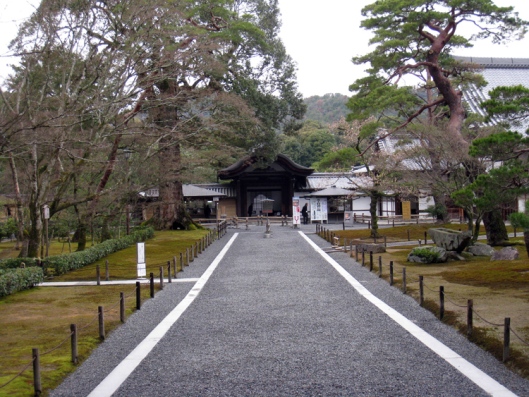
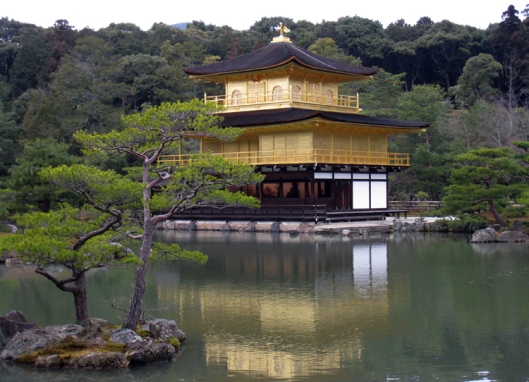
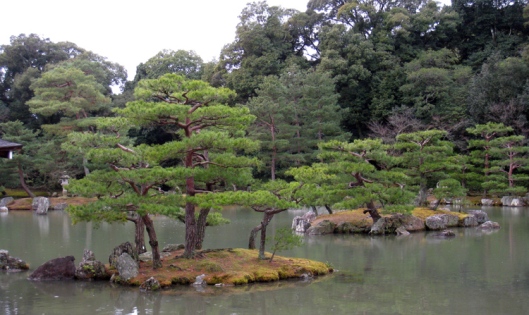
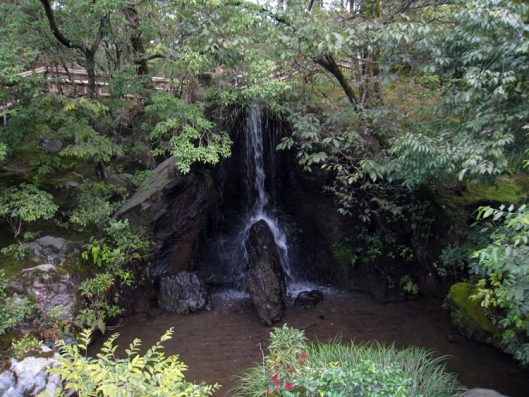
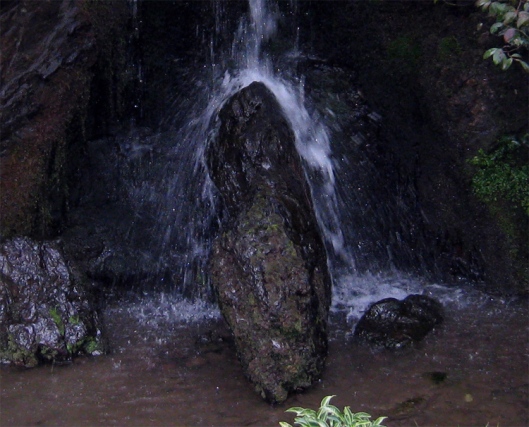
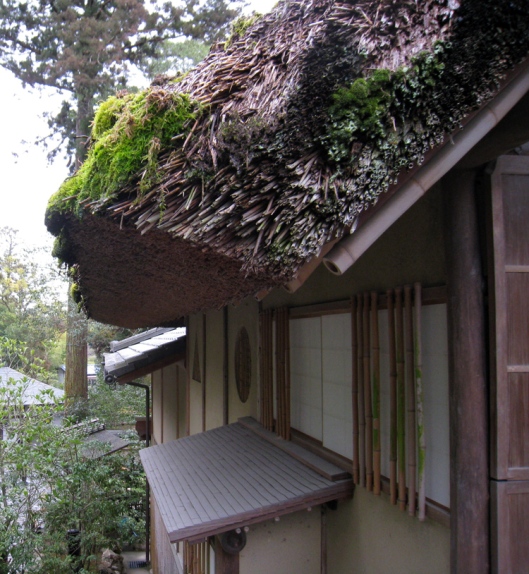
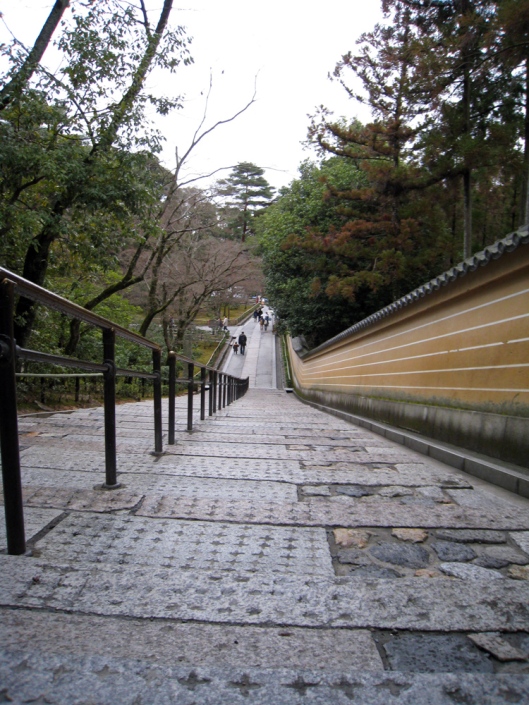
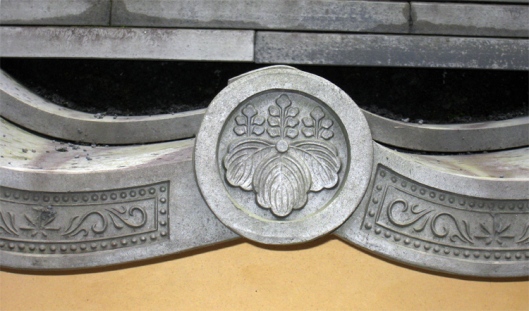

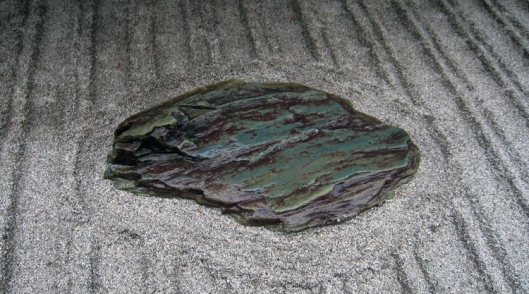
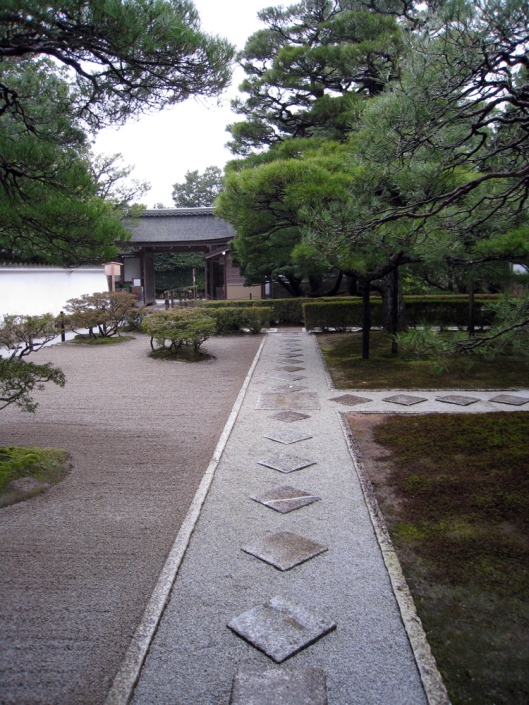
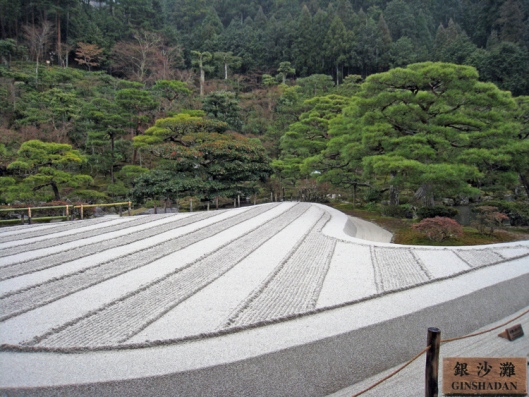
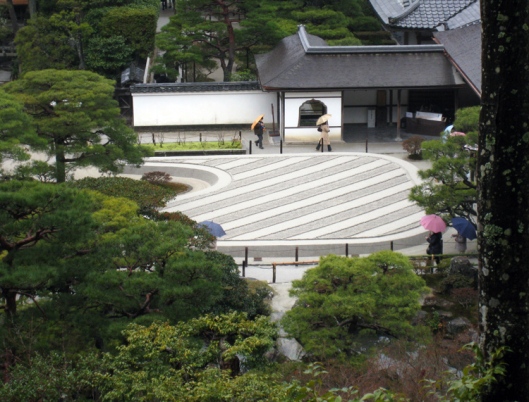
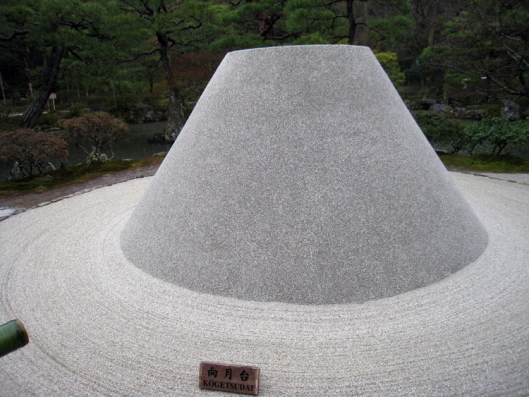
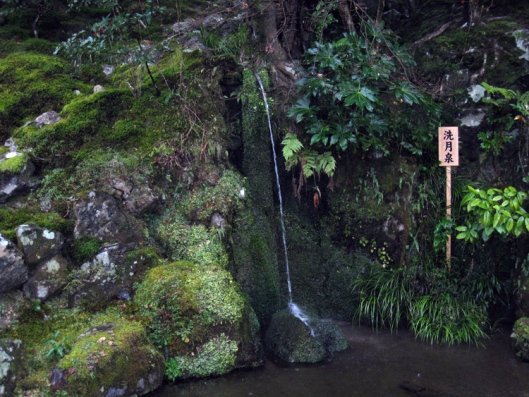
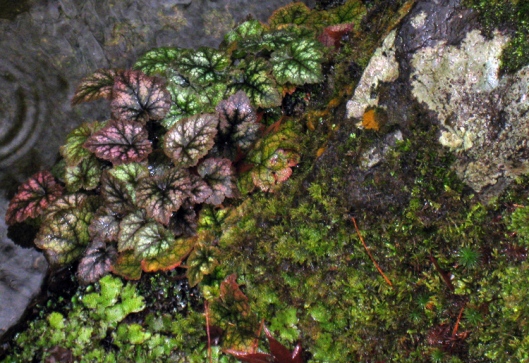
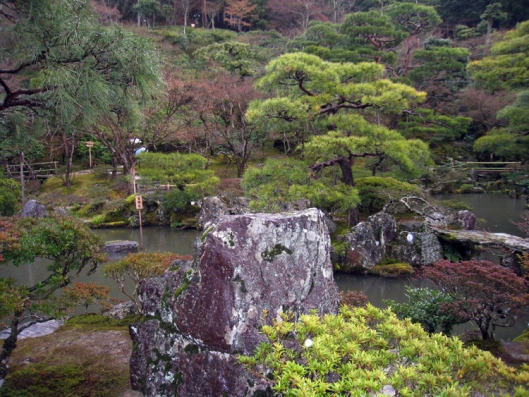
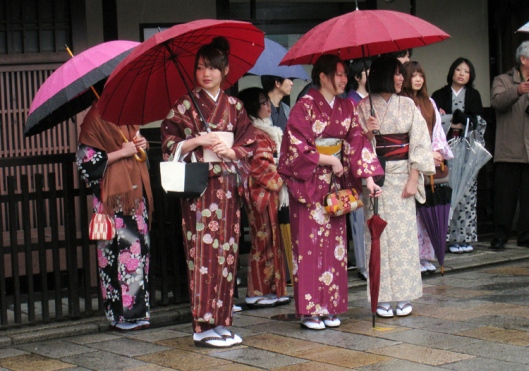

Really nice garden trees. All of the other vegetation are great. I can probably look at the waterfall and all the moss and ferns for hours.